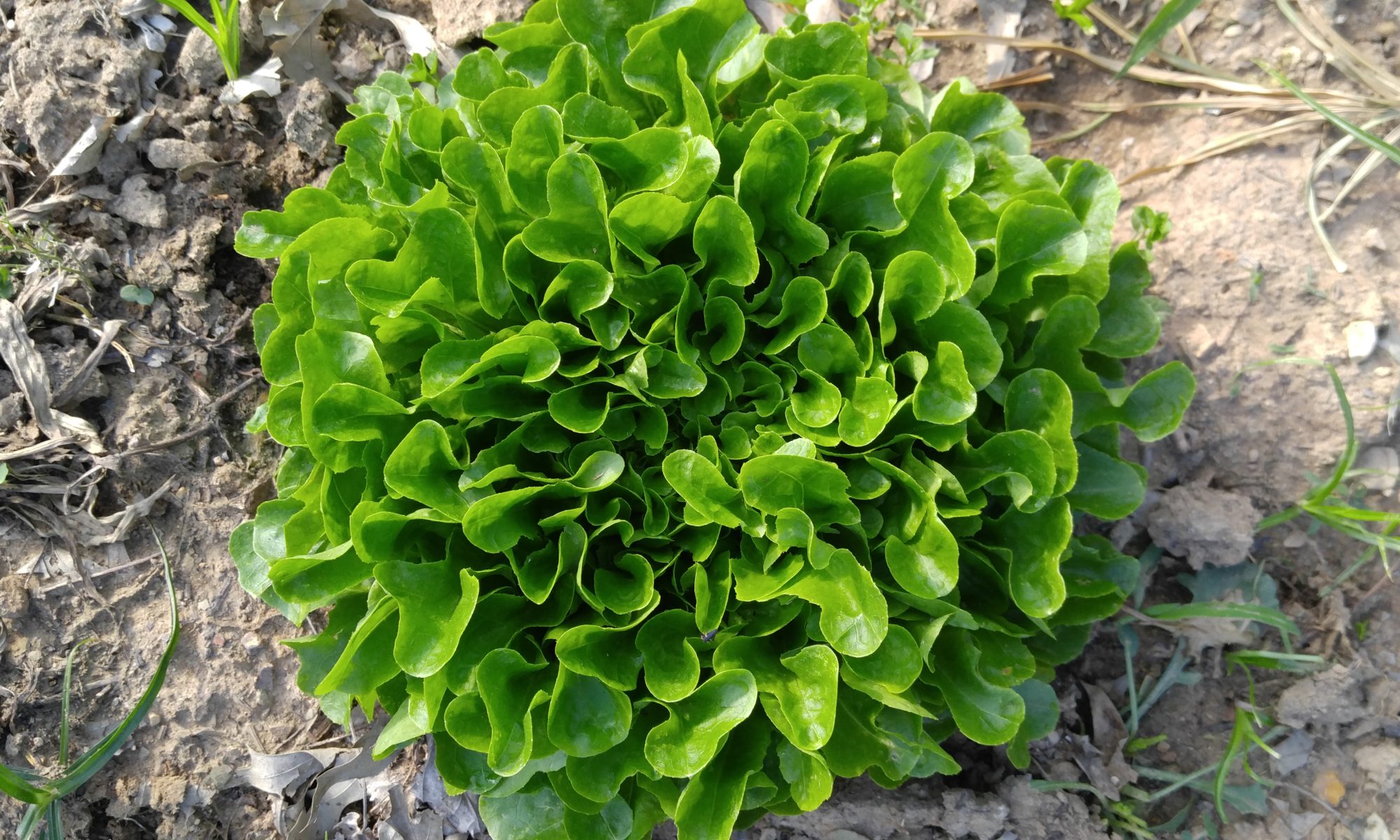
UT Gardens’ August Plant of the Month
Submitted by Natalie Bumgarner, associate professor and Extension specialist, Department of Plant Sciences, University of Tennessee
This fall would be a great time to take another look at lettuce and experiment with some new options in your fall garden. Lettuce (Lactuca sativa) is the vegetable cousin in one of the largest ornamental plant families, Asteraceae. As the third most consumed fresh vegetable in the United States, it hardly flies under the radar for gardeners. However, lettuce often doesn’t get the love it deserves because many gardeners may feel limited to leaf types if they have struggled with the more challenging iceberg or romaine lettuces. If that is you, this is the year to check out beautiful oakleaf lettuces that can be a tasty, productive and unique crop.
Oakleaf lettuce, as the name suggests, has a unique leaf shape as well as a more open head. This more open structure can help reduce the incidence of tipburn on young leaves that can be a challenge on romaine and the larger head lettuce types. The most common oakleaf color is a vibrant light to medium green. Recent AAS winners ‘Bauer’, a darker green oakleaf, and ‘Sandy’, a unique deer tongue leaf shape type, have been strong again tipburn and have done well in Tennessee trials. There are beautiful red leaf cultivars, as well, such as ‘Oscarde’ and ‘Rouxai’.
While oakleaf lettuce can be direct-seeded, transplants can be a great way to reduce in-ground growing time and have a more consistent crop. You can also find a great selection of cultivars if you order seed and grow your own transplants. Late August and into September is the ideal planting time in Tennessee, so now is a great time to get seeds ordered and started. Lettuce prefers a site with 6 to 7 pH as well as good moisture and drainage. Oakleafs can be planted on 8- to 12-inch spacing in the garden, raised bed or container for good space efficiency. A steady supply of water as well as nutrients is important to support shallow lettuce roots, promote rapid growth and avoid the stress that reduces lettuce quality. It may take three to six weeks from transplanting depending on the conditions, but oakleaf heads can be harvested small. In fact, mini heads are increasingly popular in culinary circles. Row covers and low tunnels also work well with oakleaf to extend the growing season into the later fall.
You can see oakleaf lettuce growing in early fall this year both in the Helping Hands Kitchen Garden at the University of Tennessee Gardens, Knoxville, and at the UT Gardens’ location in Jackson, Tennessee.
So, give lettuce another look and try some beautiful oakleaf that is definitely not your mama’s iceberg lettuce!
The UT Gardens includes plant collections located in Knoxville, Crossville and Jackson, Tennessee. Designated as the official botanical garden for the State of Tennessee, the UT Gardens are part of the UT Institute of Agriculture. The Gardens’ mission is to foster appreciation, education and stewardship of plants through garden displays, educational programs and research trials. The Gardens are open during all seasons and free to the public.
For questions or comments please contact: utgardens@utk.edu